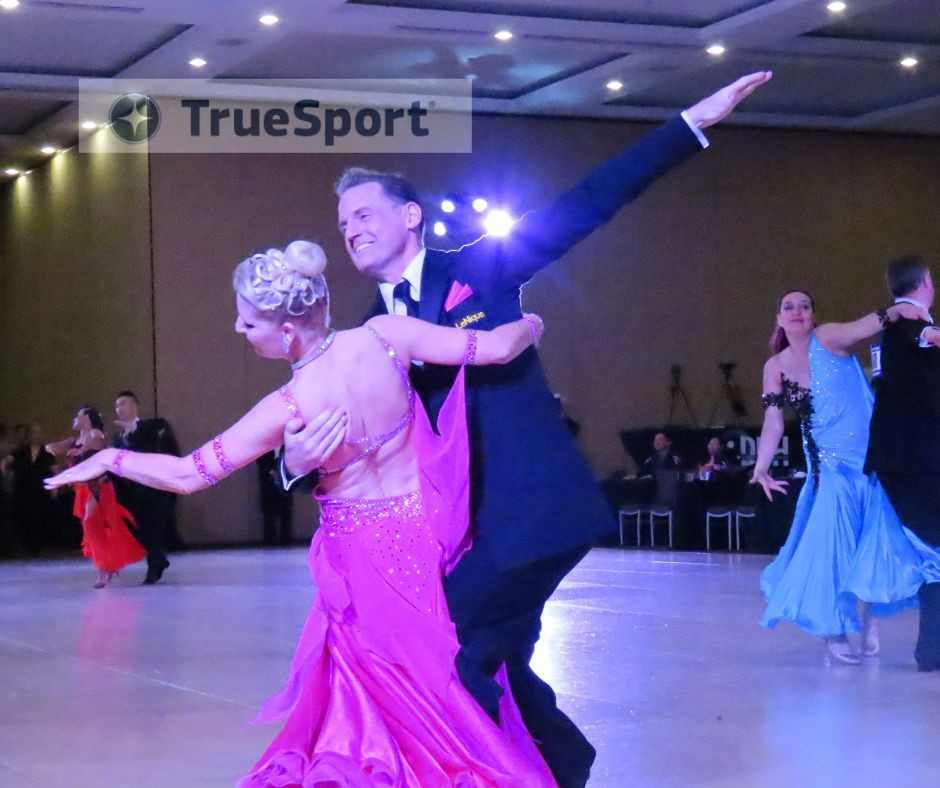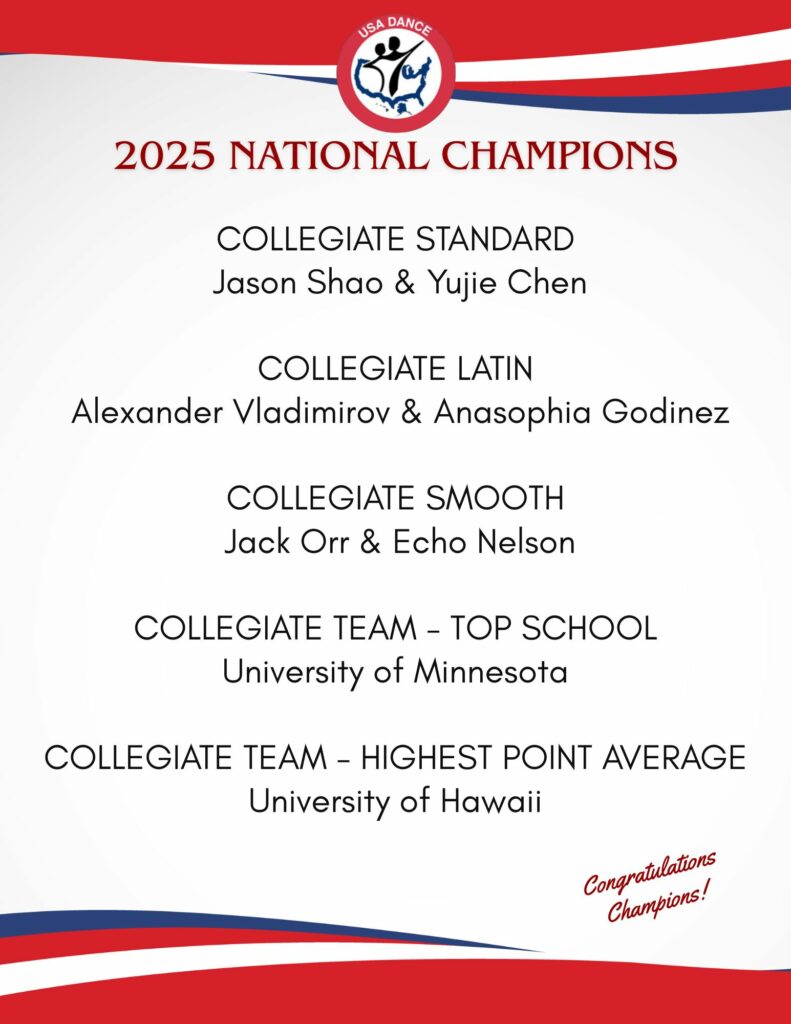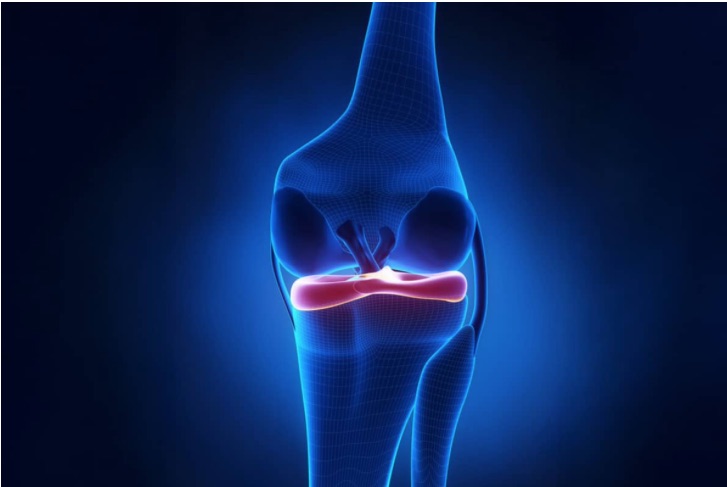Back pain can be scary for both an athlete and their caregiver. It often doesn’t have a clearcut reason or explanation, which can feel frightening, and lingering back pain can be frustrating for an athlete who’s in the middle of their season. Often, back pain resolves with simple active recovery, but sometimes, it can be more serious and require medical evaluation and intervention.
Here, Michele LaBotz, TrueSport Expert and sports medicine physician, explains when to seek medical treatment, and how to help alleviate discomfort at home for less serious situations, and the common causes of back pain.
Seek urgent medical care:
- If the back pain is associated with a fever.
- If the back pain wakes your athlete up at night. (Note: This doesn’t mean back pain that makes falling asleep more difficult, or back pain that’s felt upon waking—this is specifically referring to back pain that causes the athlete to wake up from sleep.)
- If the back pain is severe or associated with numbness, weakness, or tingling in the extremities.
- If the back pain is causing any incontinence issues. (LaBotz notes young athletes may be embarrassed and not volunteer this information unless asked specifically.)
- If there is any change in urination (a burning sensation or blood in the urine), as this can be a sign of a kidney stone or kidney infection, which can feel like back pain.
- If the back pain has lasted for more than a week and doesn’t seem to be improving despite taking the steps below to relieve the pain.
How to treat back pain at home
In most cases, treatment for low grade back pain responds well to home treatment. Assuming your athlete’s back pain doesn’t meet any of the above requirements for seeking medical care, LaBotz states that the following may help ease your athlete’s pain.
- Add heat. Hot baths or a heating pad applied to the area experiencing the discomfort can offer immediate relief. Alternating ice and hot packs for 10-15 minutes is another option as well.
- Add low-impact movement. Bed rest can actually make recovery slower, LaBotz notes. Instead, focus on active recovery with low intensity activity that does not aggravate the pain, such as walking or swimming. It may be best to skip practice for a few days, especially if the sport your athlete plays requires dynamic movement. Focus on low impact, easy activities.
- Consider some soft tissue therapy. If your athlete has a regular physical therapist or massage therapist, you can book a session with them, says LaBotz. But don’t book back-to-back sessions and overdo the soft tissue work, since sometimes, this can do more harm than good. “I wouldn’t pursue that type of treatment for more than a session or two without significant improvement before seeing a doctor,” she says.
- Focus on good posture, particularly while seated. Sitting and hunching in front of a screen for most of the day can, of course, exacerbate back issues and cause an athlete (or an adult) to feel even greater discomfort. “Too much sitting is bad. Sitting with bad posture is really, really bad,” says LaBotz.
- Try some support. For example, if a student athlete is struggling with sitting in school or carrying books between classes due to the discomfort, an elastic back brace may provide some relief, says LaBotz. (These can be found in most pharmacies.)
- Use over-the-counter pain medication. Used as directed for two to three days, these can help an athlete’s back pain, says LaBotz. Pain medication may be helpful to relieve symptoms at rest or during a school day, but they should not be used to mask pain in order to return to sport. If the pain persists beyond a couple of days, don’t use pain medication as a long-term solution and do seek medical care.
- Look for slow improvement. “The goal is to see ongoing improvement in pain levels,” LaBotz explains. “It will likely not happen overnight, but it should improve over time. If the back pain stays consistent despite following these steps, check in with your athlete’s doctor.”
Have patience. “Trying to speed up the healing process too much can sometimes do more harm than good,” LaBotz adds. “Too often, athletes return to sport too quickly, and re-injury is common when you try to rush the healing timeline.”
Understanding adolescent back pain
“Back pain is common for everyone,” says LaBotz. “Most adults are going to have back pain at some point, and a large percentage of young people will experience back pain at some point as well. But the causes of back pain are often very different in young athletes as compared to adults.”
This difference is incredibly important, she adds. Often, parents will come to her and assume that their athlete is suffering from the same back issues that they are. “There’s often a certain amount of catastrophizing that happens when a parent who has back pain now has an athlete experiencing back pain,” says LaBotz. “But the risk factors and injury patterns for young people are very different than they are for adults, and it’s likely that your athlete is not experiencing the same thing that you are.”
For example, periods of rapid growth make athletes more vulnerable to back pain. The bones grow first, and the muscles, tendons, and connective tissue need time to stretch out. This pattern often leads to tightness in the hip flexors or hamstrings, which puts added strain across the low back. “Each bone in the back has a cartilage growth plate that is not as strong as bone, and can be more prone to injury,” LaBotz explains. “The way kids use their back in sports like gymnastics, where there’s a lot of extension and bending backwards, can make them prone to stress fractures known as spondylolysis.”
Finally, there are acute causes of back pain for young athletes, says LaBotz. “Kids tend to be very ‘all or nothing,'” she says. “That means they’re prone to these highly variable, explosive movements, which can lead to injury or strain.”
Takeaway
Back pain is common for athletes. Most of the time, active recovery and simple protocols like heat packs and back braces can be used to treat back pain. However, if back pain is sharp and comes on suddenly, or continues for longer than a few days with no improvement, an athlete should see a medical professional.
About TrueSport
TrueSport®, a movement powered by the experience and values of the U.S. Anti-Doping Agency, champions the positive values and life lessons learned through youth sport. Backed by U.S. Congressional mandate, TrueSport inspires athletes, coaches, parents, and administrators to change the culture of youth sport through active engagement and thoughtful curriculum based on cornerstone lessons of sportsmanship, character-building, and clean and healthy performance, while also creating leaders across communities through sport.
For more expert-driven articles and materials, visit TrueSport’s comprehensive collection of resources.
This content was reproduced in partnership with TrueSport. Any content copied or reproduced without TrueSport and the U.S. Anti-Doping Agency’s express written permission would be in violation of our copyright, and subject to legal recourse. To learn more or request permission to reproduce content, click here.






















